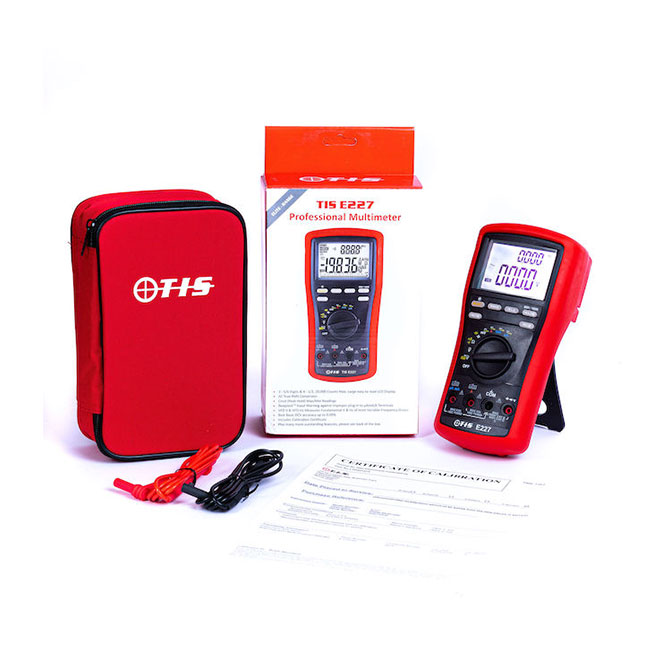A fuse is a common type of electrical safety device used to detect excessive current in a circuit, usually the plug of an electrical appliance. A fuse is a very simple device which contains a thin metal wire known as the filament. Each fuse has an individual rating based on the amount of amps it can safely carry, usually 3 amps, 5 amps or 13 amps. If an excess of current passes through the device and therefore the fuse, the small filament wire will melt and this will disconnect power to the circuit. This is known as blowing the fuse.
Once the power to the circuit or appliance is disconnected the user is protected from electrocution and the appliance is protected from overload which could damage it and cause a fire. With other forms of safety device, such as a circuit breaker, once it has detected an excessive current and shut the circuit down, you can re-set the device and re-use it, but with a fuse, once it has blown it needs to be replaced.
Visual inspection
It is sometimes possible to check a fuse has blown by a simple visual inspection. Some designs of fuse have a glass casing as the main body and it is possible to see the broken filament wire inside the casing, or there is a blackened appearance to the glass casing, which is also an indication that the fuse has blown due to an excessive current. However, some types of fuse have a solid body and it is not possible to see the filament inside, plus we should always confirm a blown fuse with a conclusive electrical test rather than simply a visual check.
Using a multimeter to check if a fuse has blown
To confirm there is no continuity of current through a fuse, we need to use a multimeter, such as the TIS E227 digital multimeter supplied by Test Instrument Solutions.
- Power off – Make sure there is no power to the circuit or appliance.
- Remove the fuse – Take the fuse out of its holder, which may require the use of a screwdriver.
- Set-up the multimeter – Set the multimeter to the continuity mode, which usually has a soundwave symbol or a diode. You should also ensure the red and black probes are properly connected.
- Check test – To confirm the multimeter is reading correctly, touch the two probes together at the tip. If the multimeter beeps or shows a low resistance (ie. somewhere between 0 – 5 ohms) this indicates that a continuous circuit is present and there is little to no resistance. In other words, the multimeter is working okay.
- Fuse test – Now you should take the fuse and lay it on a non-conductive surface, such as a wooden table or worktop. Place one probe on each metal end of the fuse, making sure there is good contact. If you hear a beep from the multimeter and there is a reading of zero or low resistance (as above), this means there is still a continuous circuit in the fuse, it hasn’t blown and it is good to continue using. However, if there is no beep and the digital reading shows a high resistance, the fuse is blown and needs to be replaced.
- Replace the fuse – If you need to replace the fuse, make sure you replace it with a fuse of the same amperage and voltage rating. Repeat the test with the multimeter on the new fuse to confirm there is continuity and a low resistance.
Quality and precision with multimeters from Test Instrument Solutions
At Test Instrument Solutions we have a large range of multimeters capable of testing for blown fuses and with the capacity to be used for a full range of electrical testing purposes.
Please note that this section is for information purposes only. Anyone using equipment referred to in this section must be suitably qualified and/or experienced within the respective field. If in doubt before use, please consult a qualified electrician or engineer & thoroughly read all instruction booklets.